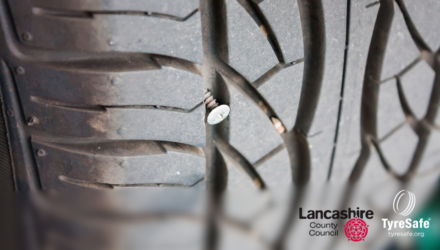
Rocky ground, dunes, dust and adverse weather. The SEAT Leon X-Perience Titan Desert has driven hundreds of kilometres in one of the most gruelling geographic areas of the planet: the Sahara desert spanning Morocco and Algeria.
A 22,000 metre long dune: The route, which was in the zone of Errachidia, Morocco, took the car over rocky terrain, sand and the Erg Chebbi dune. At 22 kilometres long, five kilometres wide and with ridges that exceed 150 metres in height, this is one of the most well-known dunes in the Sahara desert.
Facing the challenge of temperature variation: With outside temperatures that vary from below zero at night and 50 degrees during the day, the temperature inside can reach up to 60 degrees. One of the challenges of driving in the desert is to ensure that outside variations do not affect the interior of the passenger compartment nor the driver.
Dust particles smaller than one micron: The Scirocco, a south-eastern wind common to this area, can carry dust particles that measure one micron, or one-thousandth of a millimetre. Before a model goes on sale, the SEAT prototypes undergo several tests to ensure the passenger compartment is water and airtight. The goal is to ensure that, in real driving conditions such as the one carried out by the Leon in the desert, not a micron of dust gets into the passenger compartment.

Extreme weather events: Sandstorms are a common weather phenomenon in desert areas. Although they move quickly, reaching up to 75 km/h, it is not advisable to attempt to cross through them when driving in the desert. When a sandstorm kicks up, the best thing to do is to stop, face the car away from the direction of the wind and wait until it blows over.
Climbing a mountain of sand: Unlike driving on a paved surface, one of the keys to driving on sand is to slightly decrease the pressure of the tyres so that they have greater ground contact. Likewise, in order to drive across a dune, you have to face it straight on and go up at a certain speed. To ensure you remain in control of the vehicle, you should never go downhill in neutral.
SEAT is the only company that designs, develops, manufactures and markets cars in Spain. A member of the Volkswagen Group, the multinational has its headquarters in Martorell (Barcelona), exporting 81% of its vehicles, and is present in over 80 countries through a network of 1,700 dealerships. In 2016, SEAT obtained an operating profit of 143 million euros, the highest in the history of the brand, and achieved worldwide sales of nearly 410,000 vehicles.
SEAT Group employs more than 14,500 professionals at its three production centres – Barcelona, El Prat de Llobregat and Martorell, where it manufactures the highly successful Ibiza and Leon. Additionally, the company produces the Ateca and the Toledo in the Czech Republic, the Alhambra in Portugal and the Mii in Slovakia.
The multinational has a Technical Centre, which operates as a knowledge hub that brings together 1,000 engineers who are focussed on developing innovation for Spain’s largest industrial investor in R&D. SEAT already features the latest connectivity technology in its vehicle range and is currently engaged in the company’s global digitalisation process to promote the mobility of the future.

















